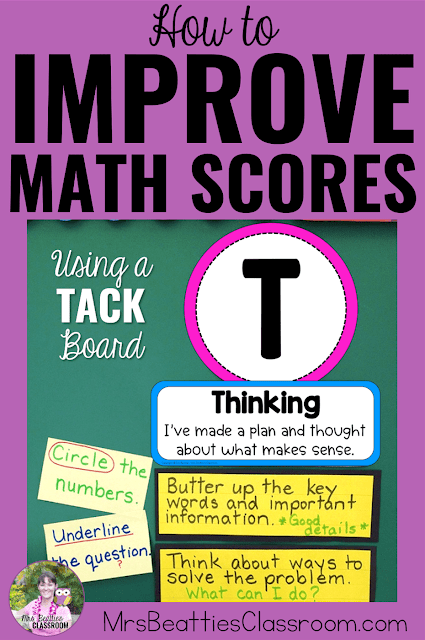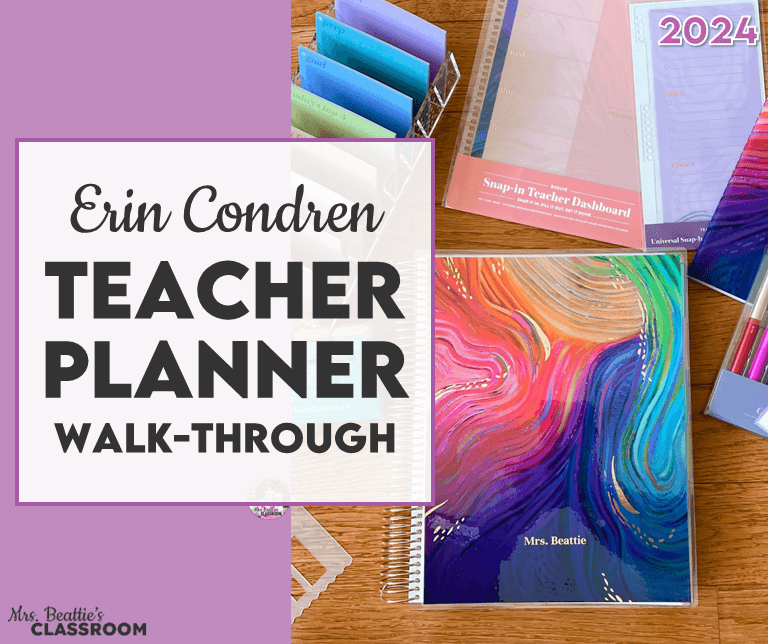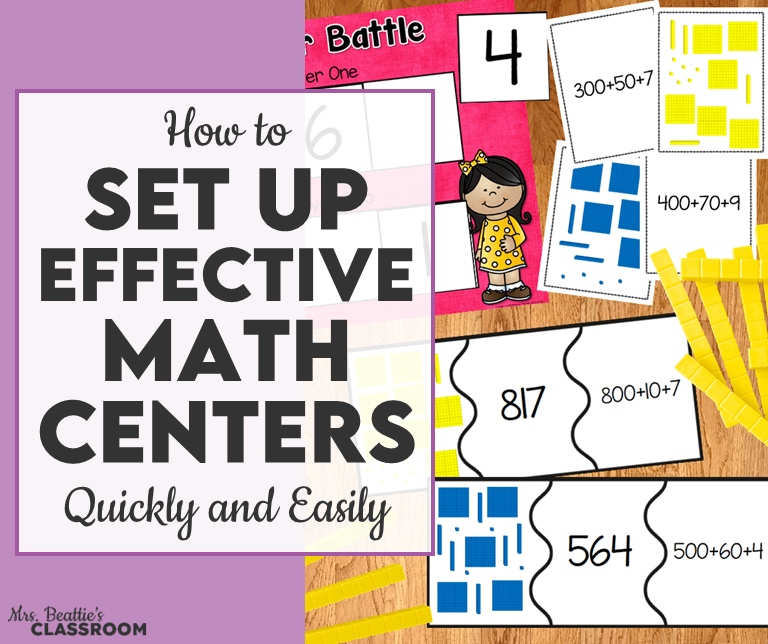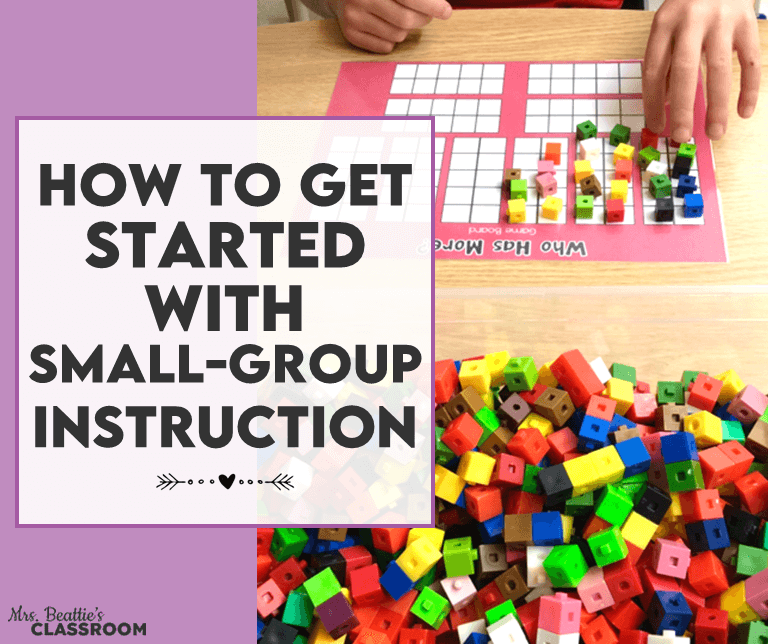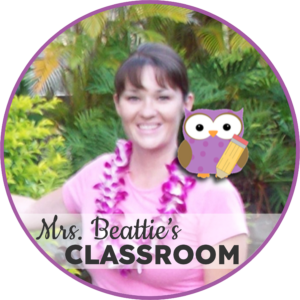Explicitly connecting our teaching to the achievement categories in the Ontario Mathematics Curriculum in a way that allows students to understand it is critical for student success. Improve mathematics scores in your Grade 1-8 classroom using a TACK Board.
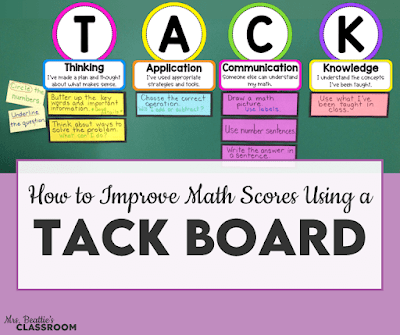
Here in Ontario, our mathematics curriculum is divided into five strands, similar to those presented by the National Council of Teachers of Mathematics in the United States:
- Number Sense and Numeration
- Measurement
- Geometry and Spatial Sense
- Patterning and Algebra
- Data Management and Probability
The curriculum document also outlines seven mathematical processes that support math learning:
- problem-solving
- reasoning and proving
- reflecting
- selecting tools and computational strategies
- connecting
- representing
- communicating
These sections identify the content and skills we should teach and assess in all grade levels.
The document also contains an achievement chart that identifies four categories of knowledge and skills in mathematics related to the assessment and evaluation of student achievement. Ontario teachers use this achievement chart to evaluate student work and provide effective feedback for future learning.
Teaching the skills and strategies in the achievement chart in a student-friendly way allows our students to take our feedback and apply it to their learning to move forward.
A simple and effective way to communicate to students what is expected is to use a TACK Board. I use it in my classroom in a similar way to the CAFE board—like a menu of useful strategies and skills my students should use when problem-solving during math time.
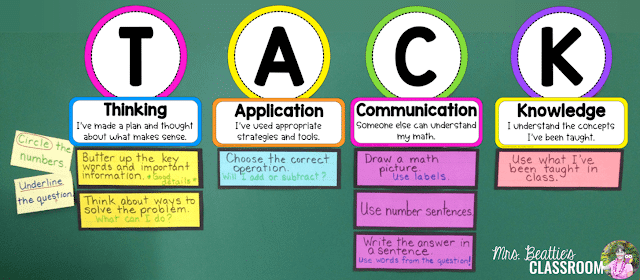
As you can see, the board is an anagram for the categories in our achievement chart: Thinking, Application, Communication, and Knowledge. I post the board headers and work together with my students to co-create and add the colored skill strips below.
Take a closer look at some of the skills and strategies in the individual categories:
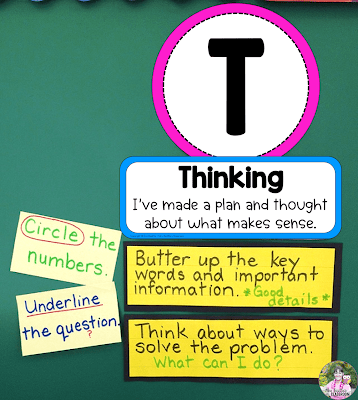
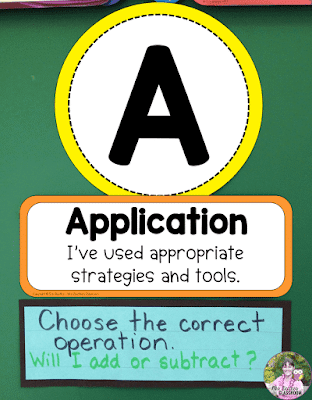
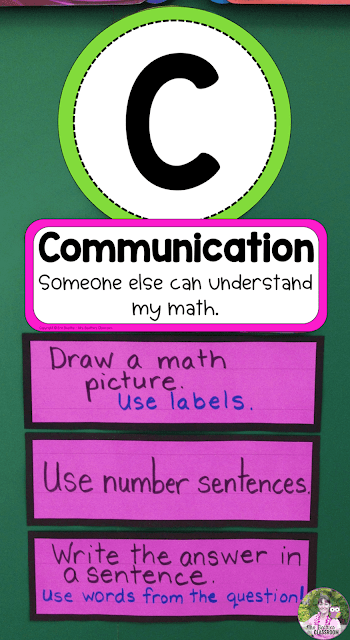
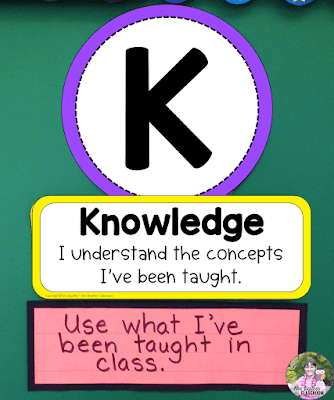
The TACK Board begins as a blank slate and is filled with these skills and strategies as I introduce them to my students. It becomes filled throughout the year. Giving students input into the creation of the board results in ownership, which means the students are more likely to actually use the ideas!
During the problem-solving process, I direct my students to the TACK Board so they can reflect on their solutions. It works like a self-assessment board for them. Essentially, it is our Success Criteria for problem-solving in mathematics!
Are you interested in using this resource in your own classroom? Click the image below to grab the bulletin board set and over 50 skills and strategy ideas from my TPT store!
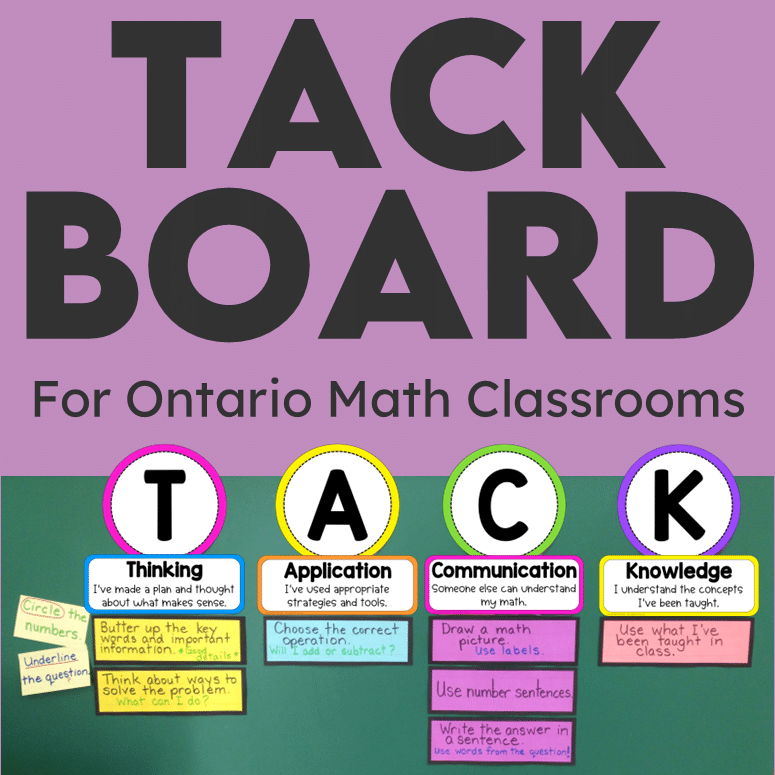
If this resource interests you, you might also be interested in how to get organized to teach using Guided Math in your classroom:
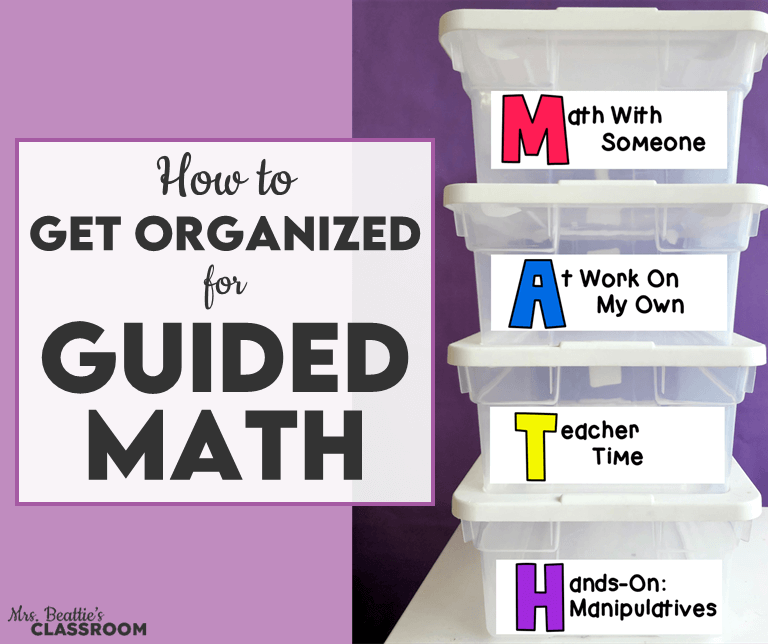
If you have enjoyed this post, please share it with friends and colleagues on Facebook or pin it on Pinterest:
